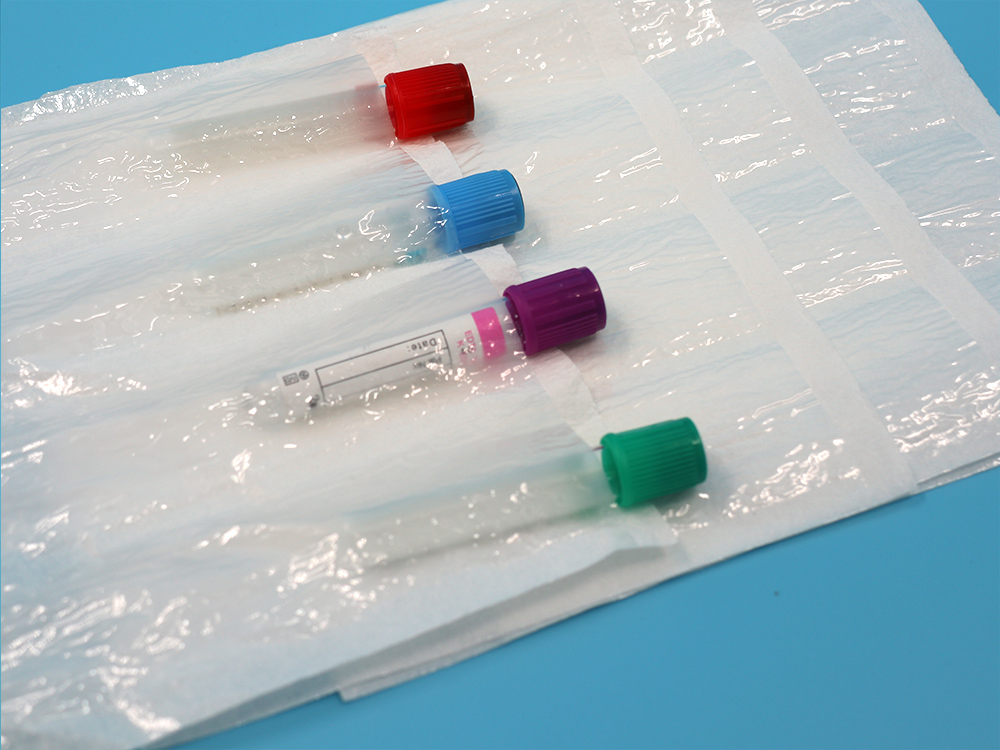How Are Blood Samples Transported?
Blood samples transported play a critical role in diagnosis, with the NHS revealing roughly 95% of clinical pathways depend on pathology services.
Defined as the study of disease, pathology relies on a variety of analytical methods, including blood tests.
In the UK alone, hospital labs run more than 1 billion tests every year, many reliant on blood samples.
From the moment blood is extracted from a patient and funnelled into a vial, best-practice sample
transportation practices are essential.
Read on for a closer look at how blood samples are transported in the UK and around the world.
Temperature requirements
To preserve the integrity of blood samples and ensure accurate test results, it’s important to consider temperature requirements for different sample types.
Generally, blood samples are stored at room temperature (between 15°C and 30°C), fridge temperature (between 2°C and 10°C) or frozen (20°C or lower).
These temperatures must be maintained during storage and transport.
Temperature guidelines will depend on the way blood is extracted, what tests are being run,
how it will be transported and a range of other variables. For example, most blood samples used for molecular genetic tests remain stable at room temperature for up to 30 days.
For tests that rely on live blood cells, samples must be frozen or cultured to preserve integrity.
If serum samples need to be extracted from whole blood, the separation process should take place within two hours of extraction.
Depending on the tests required, additives such as blood thinner or clot accelerator may be used to improve the storage and transport process.



No responses yet